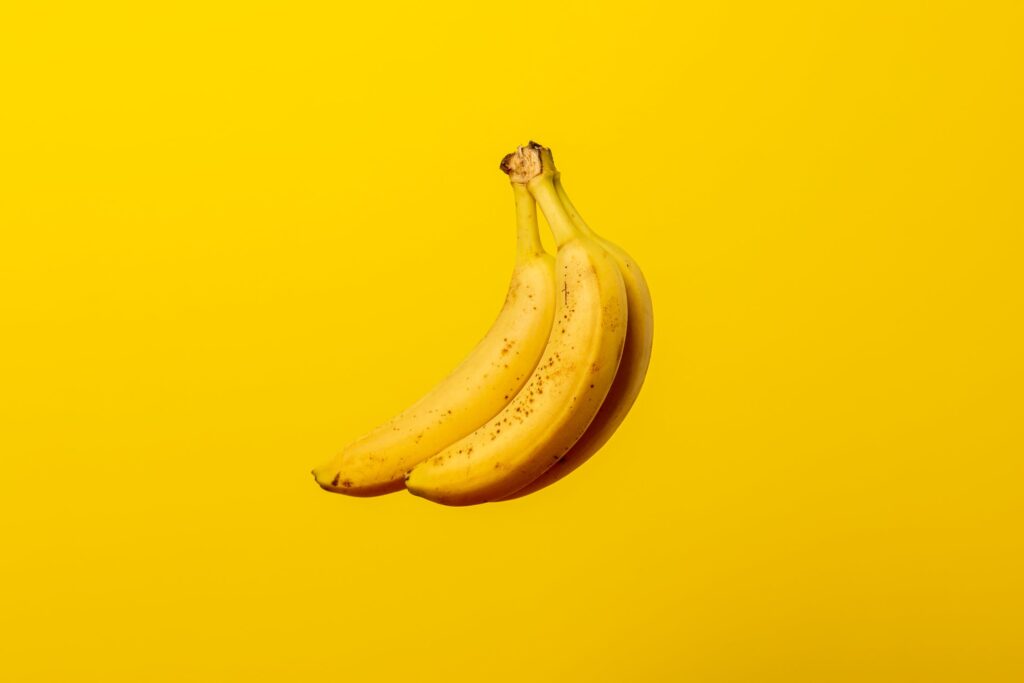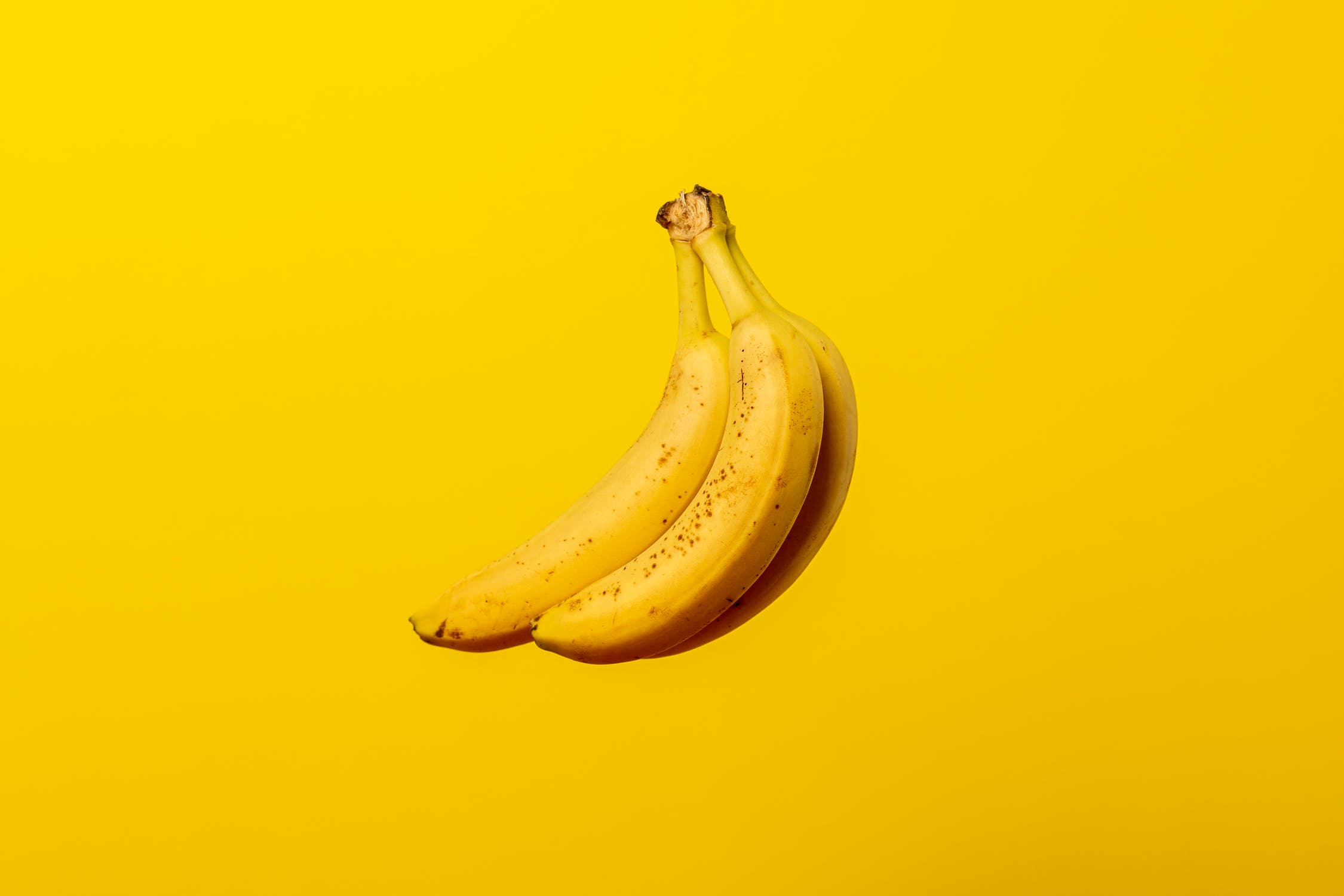When out doing our weekly shop, we are all guilty of picking the more aesthetically pleasing products. But why do we? When did we start to think in a way that food has to be perfectly round or straight? Or perfect colour with no defects on the surface or within?
When it comes to bananas although they have an outer protective skin, they are still an extremely delicate fruit. Even when they are growing on the plant, if an insect walks over its skin sometimes you can see the little dots from their footprints still on the skin when the fruit matures. We are all guilty of, when buying bananas that we go for the best looking, ‘most perfect’ bananas. We leave the bruised, spotty looking, too green or too yellow ones on the shelf and take home the ‘perfect banana’.
Most commonly the bananas on our shop displays can sometimes form bruising, handling damage or left on the shelf too long sugar spotting. These defects however don’t necessarily affect the taste of the banana. We looked into 3 of the most common defects found on bananas in store and in our fruit bowls at home and thought we would give you a little insight into how they DON’T affect the fruit.
What causes bruising on a banana?
When we ding a banana, it compromises the integrity of the skin that protects the edible part of the fruit. When the inner fruit cells are exposed to excess oxygen, they ‘oxidize’ and turn that ugly brown colour we know. There is no evidence that indicates that this brown colour indicates an infection or a virus in the fruit! (good news, right?)
Surface bruising
Bruising on the yellow skin of a banana DOESN’T affect the edible part of a banana. it also doesn’t affect the taste or banana, if it bruised on the outside it does not always mean that the soft edible core of a banana is affected. People don’t like bruised fruit purely for aesthetic reasons, there is no scientific evidence to say that it affects how a banana tastes!
Under peel Bruising
Bruising on the skin that then affects the soft core of the banana.
Sugar Spotting
Also known as ‘age spotting’ as they show on mature bananas or when they become over ripe. During the ripening process (as the banana gets more yellow) it becomes sweeter as it naturally produces sugar. Eventually when the banana becomes too ripe, by producing too much of its own natural Ethelene gas, this causes the yellow pigments in the skin to decay into those characteristic brown spots. Although these only show on a more mature, banana the spots themselves don’t affect the taste of a banana, but it will guarantee a sweeter snack!
So next time you’re in the shop don’t always go for the most perfect looking bananas as the imperfect ones will taste just as good!

